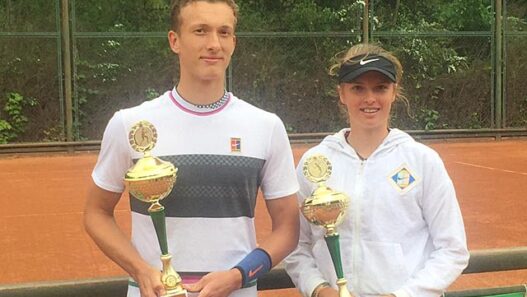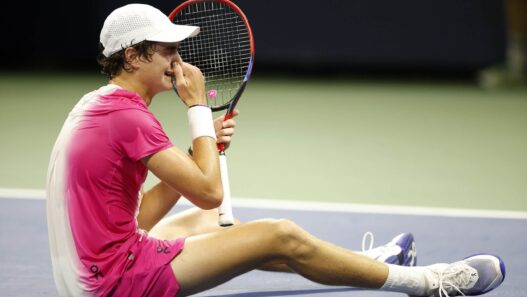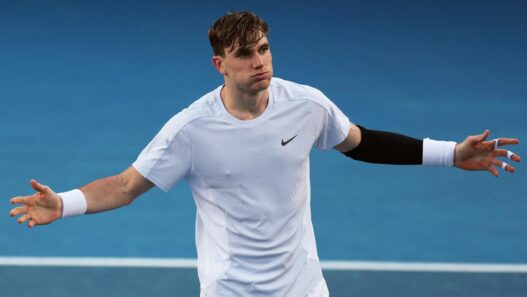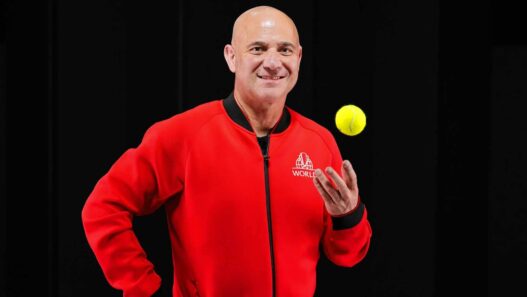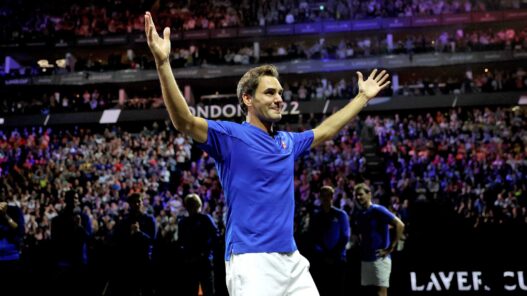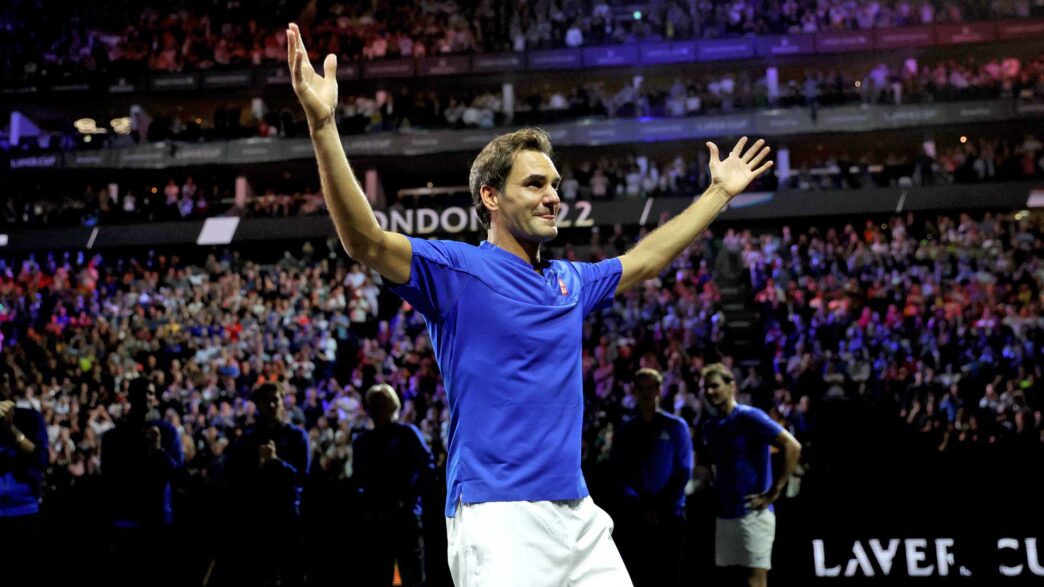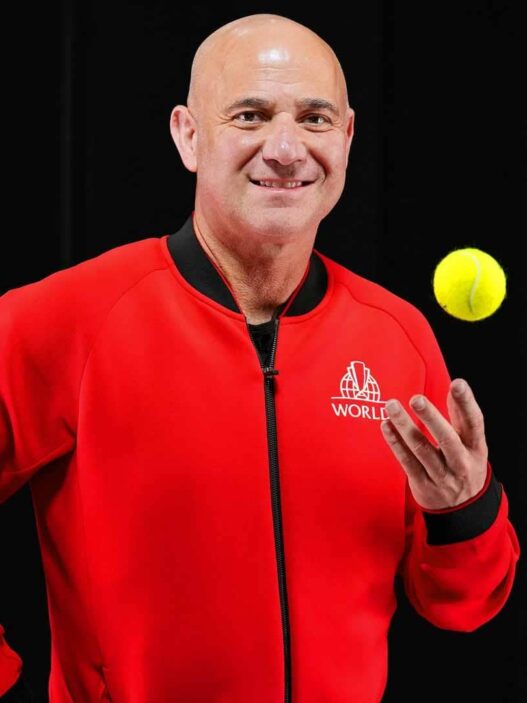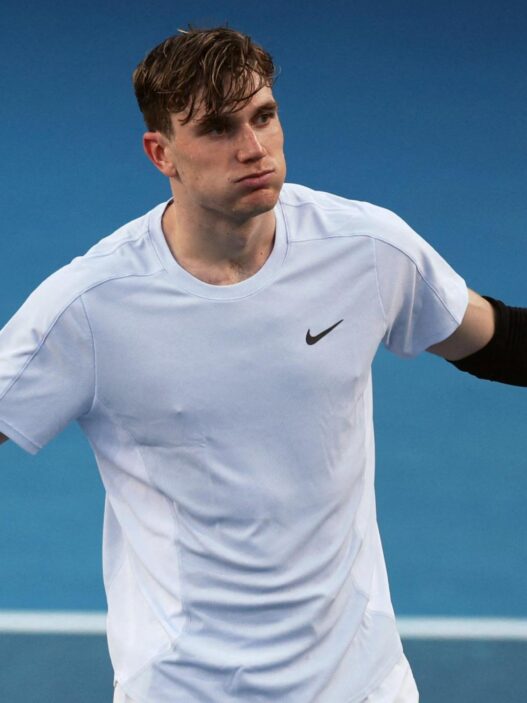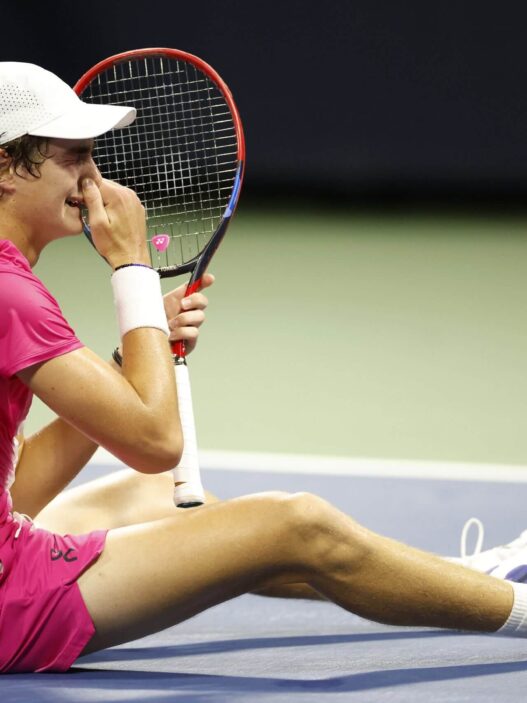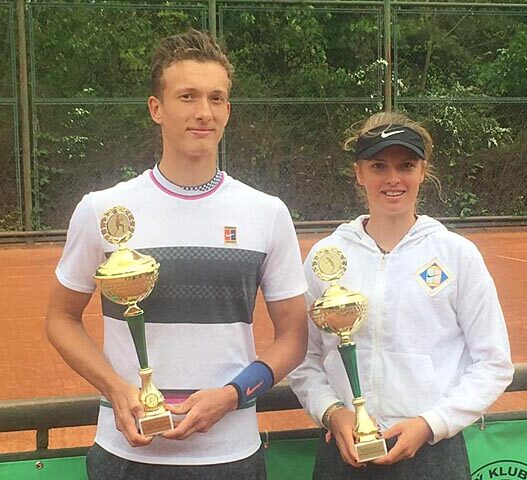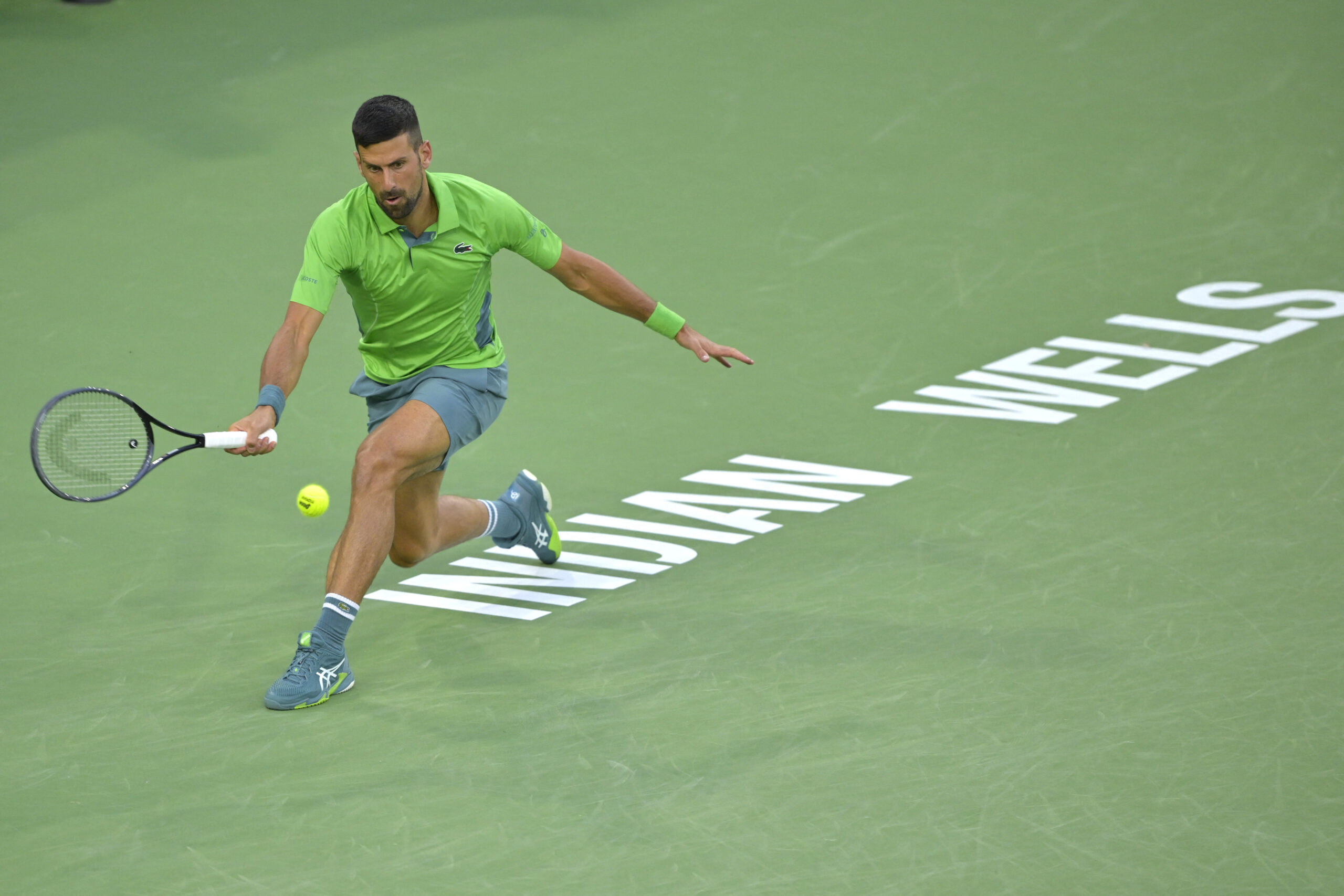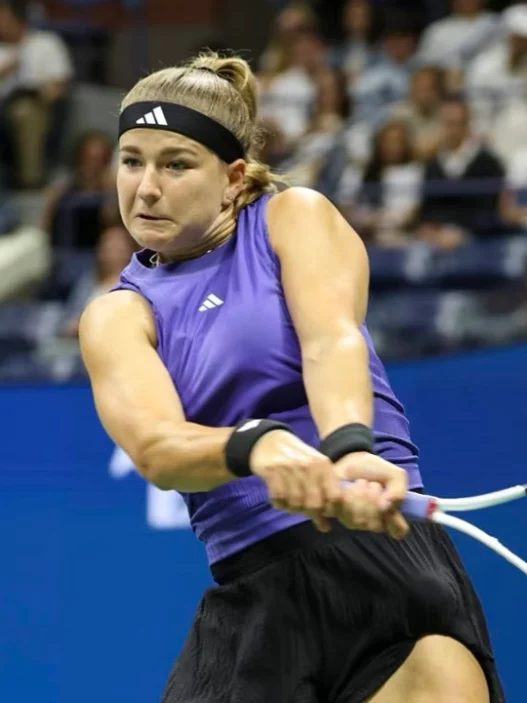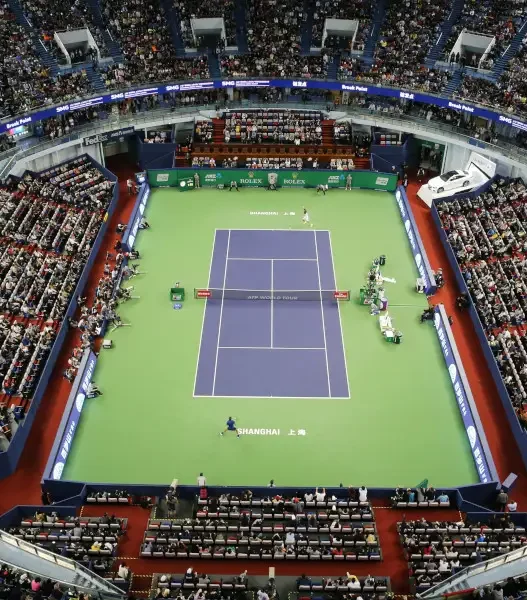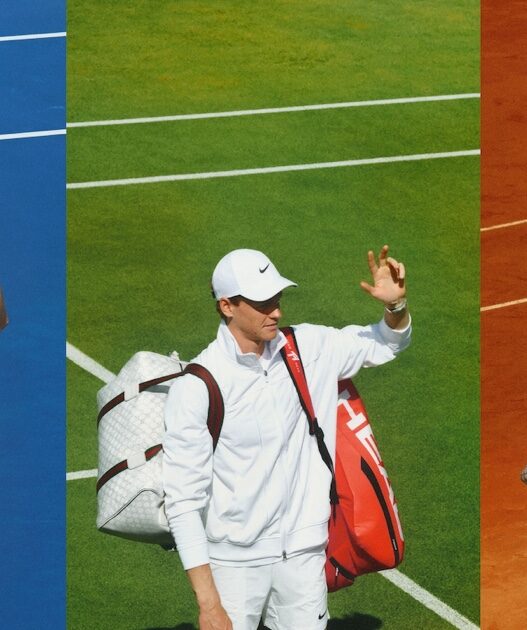In 2017, Roger Federer did something few had attempted before: he created a tournament. But this wasn’t just any event—it was the Laver Cup, a tournament designed to honor tennis legend Rod Laver and, in many ways, to bring something entirely new to the sport. The Laver Cup, a Ryder Cup-style competition that pits Team Europe against Team World, was Federer’s brainchild, a vision he had cultivated over the years as a way to leave a mark on tennis that would endure long after his playing days were over. Now, with the Laver Cup set to return for its 2024 edition, Federer’s influence on the event—and tennis itself—feels more profound than ever.
At its core, the Laver Cup is an extension of Federer’s philosophy about the sport. It’s tennis as spectacle, a blend of the traditional competition structure with a modern flair for showmanship. The event is carefully curated to be as much about the fans as it is about the players. The format is unique: three days of singles and doubles matches, with points increasing in value each day. The team with the most points at the end of the third day wins. There’s also an undeniable allure in seeing tennis’ greatest rivals join forces. Federer, alongside Rafael Nadal, playing doubles? It’s a dream scenario, the type of moment that the Laver Cup promises—and delivers—with regularity.
But the Laver Cup isn’t just a novel format; it’s a symbol of Federer’s deeper understanding of the sport’s need to evolve. Federer, more than most players, recognized that tennis was at a crossroads. The sport, while thriving in some areas, was becoming fragmented in others, especially when compared to the global reach of sports like football or basketball. As audiences became more attuned to fast-paced, engaging spectacles, Federer saw an opportunity to create a tournament that would offer not just high-quality tennis, but something dynamic, something engaging for a new generation of fans.
Federer’s desire to preserve the legacy of past greats while pushing the sport forward is central to the Laver Cup’s identity. By naming the tournament after Rod Laver, a man who embodies the golden age of tennis, Federer made a clear statement about the event’s cultural significance. It wasn’t just another tournament on the crowded tennis calendar—it was a celebration of the sport’s history and future. Laver’s presence at each edition of the event reinforces this connection to the past, while the youthful exuberance of players like Carlos Alcaraz and Jannik Sinner gives the competition its modern edge.
The Laver Cup also exemplifies Federer’s approach to rivalry. Throughout his career, Federer has been defined by his great rivalries with Nadal, Novak Djokovic, and, earlier, Andy Roddick. Yet, those rivalries never soured into personal animosities. Instead, Federer often spoke of the respect he had for his competitors and the belief that their rivalries made each other better. The Laver Cup, in uniting these fierce competitors on the same team, reflects Federer’s belief that tennis is stronger when its biggest names work together.
This collaborative spirit has helped the Laver Cup flourish. The sight of Nadal cheering on Federer from the sidelines—or Djokovic celebrating a win with Nick Kyrgios—is something tennis fans rarely see. It humanizes these otherwise larger-than-life figures, showing them as teammates, not just opponents. The camaraderie, the coaching from the sidelines, and the team celebrations are a departure from tennis’s traditionally stoic individualism. Federer has always understood the power of these moments, recognizing that they can transform a standard tournament into a cultural event.
Financially and commercially, the Laver Cup is also a reflection of Federer’s business acumen. Partnering with companies like Rolex and Moët & Chandon, Federer ensured that the Laver Cup would be a high-end, luxury event. From the all-black courts to the sleek team uniforms, the tournament is meticulously branded to feel exclusive, even as it aims to broaden tennis’s appeal. This positioning has attracted a new kind of fan—one who might not traditionally tune in for a full two-week Grand Slam but is drawn to the immediacy and intensity of a three-day event featuring the world’s top players.
Yet, for all its spectacle, the Laver Cup remains rooted in competition. The players, many of whom participate out of respect for Federer and Laver, take the matches seriously. John McEnroe, the captain of Team World, and Björn Borg, who leads Team Europe, are more than ceremonial figures. They bring a competitive edge to the sidelines, guiding their teams with the intensity they once brought to their own playing careers. McEnroe’s fiery demeanor contrasts sharply with Borg’s cool detachment, but both are deeply invested in winning, and that attitude trickles down to their players.
As the 2024 edition of the Laver Cup approaches, Federer’s absence as a player will be keenly felt, but his presence as the tournament’s founder and ambassador looms large. The Laver Cup is perhaps the most tangible part of Federer’s legacy—a tournament that will continue to evolve and grow, just as tennis itself does. For Federer, the Laver Cup isn’t just about honoring the past or engaging the present; it’s about shaping the future of tennis.
In many ways, the Laver Cup mirrors Federer’s own career: elegant, thoughtful, and revolutionary in its quiet way. While Federer may no longer be competing for trophies, his influence on the sport is far from over. The Laver Cup is proof that his legacy will endure, not just as one of the greatest players in history, but as one of its most visionary thinkers.




